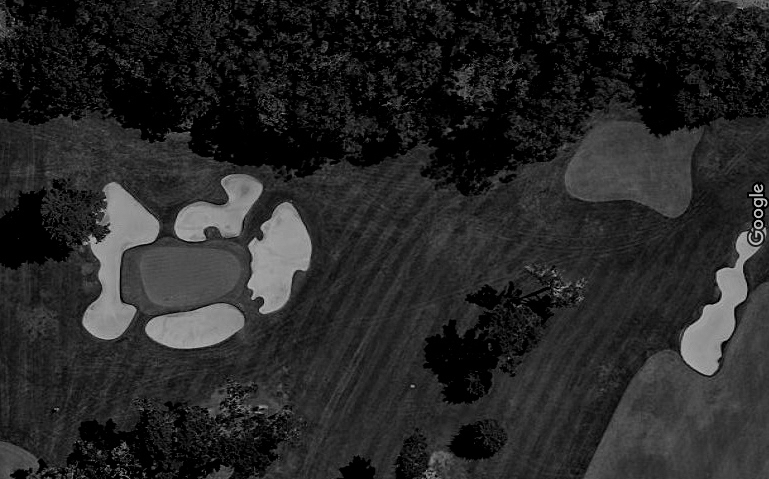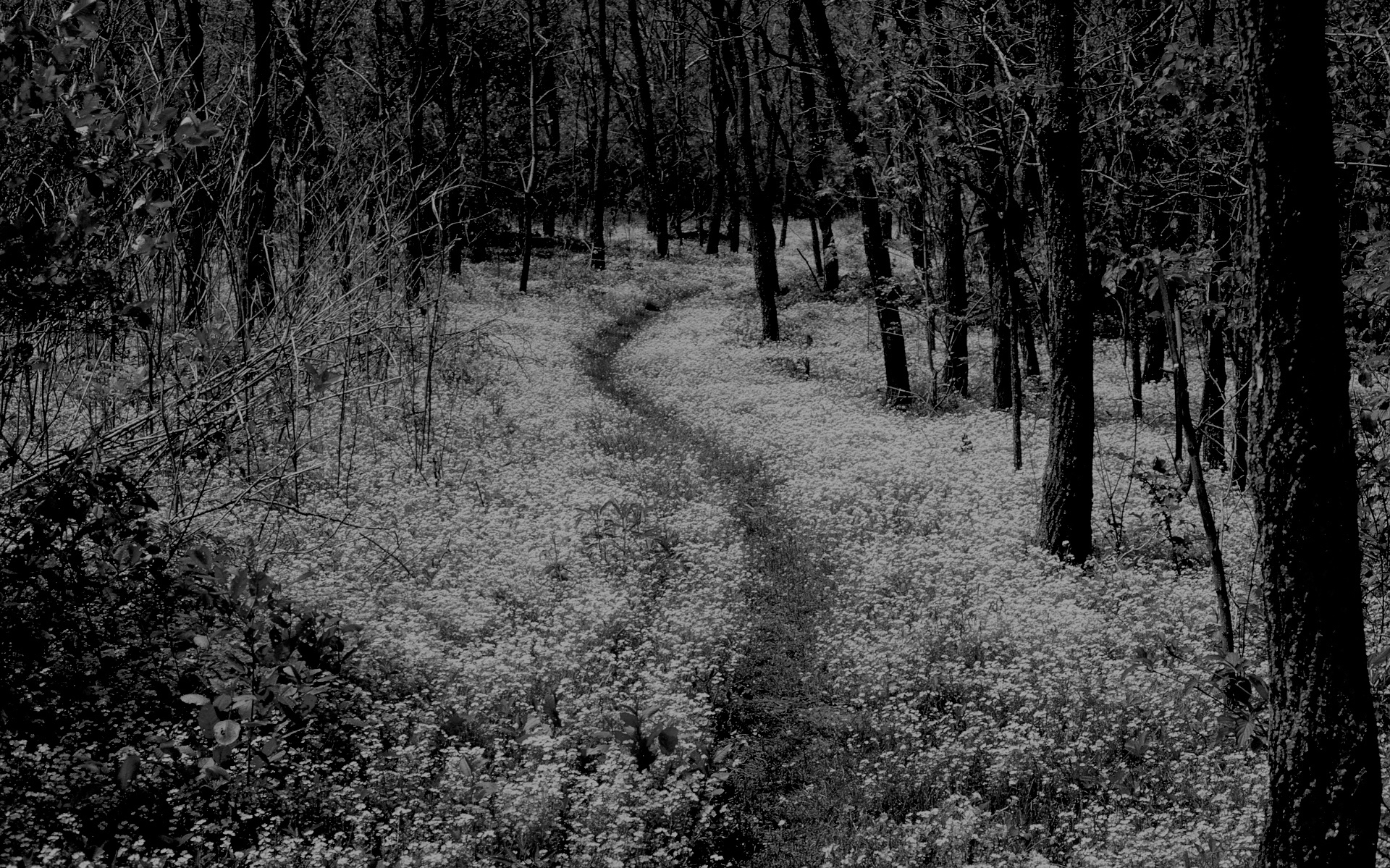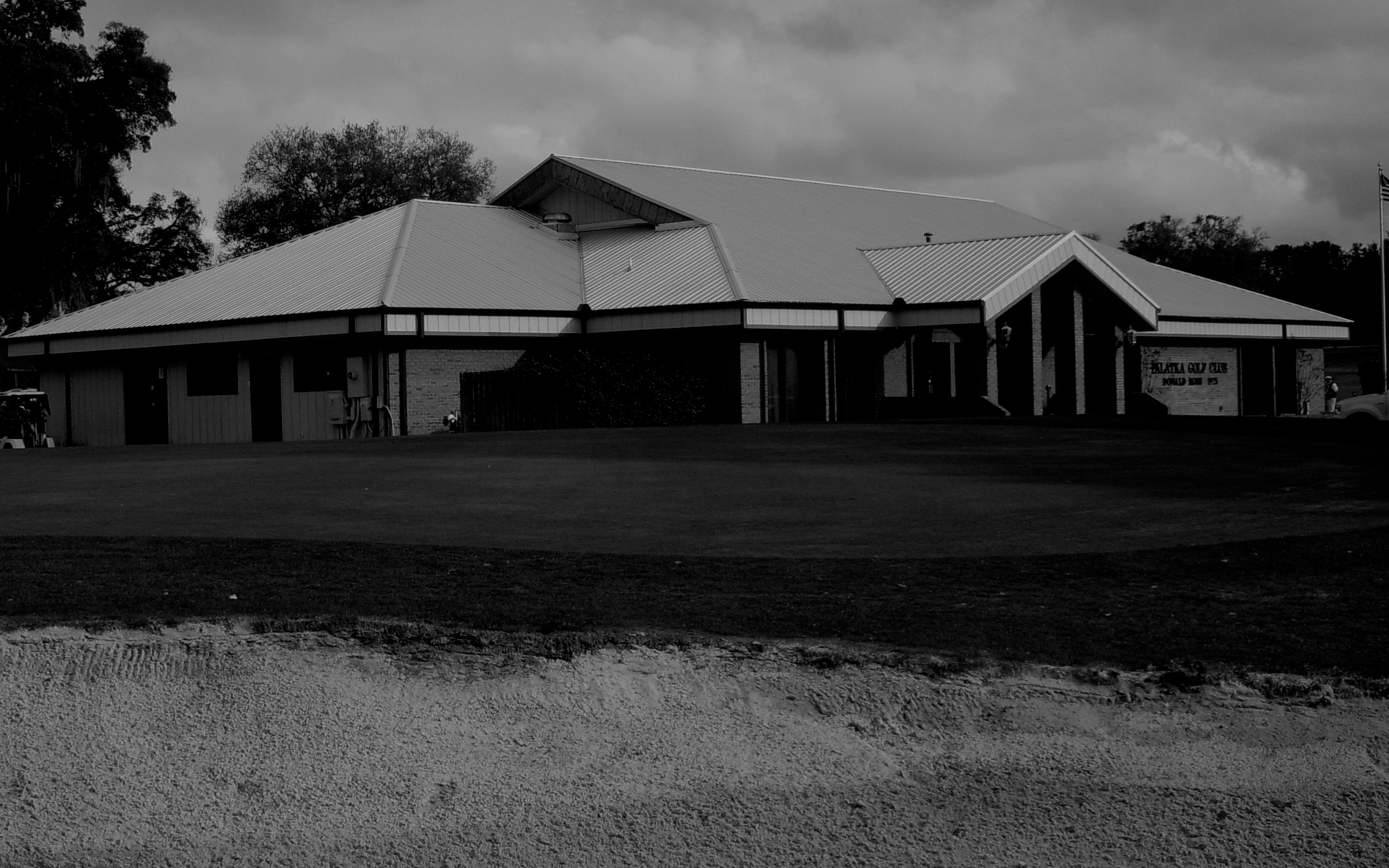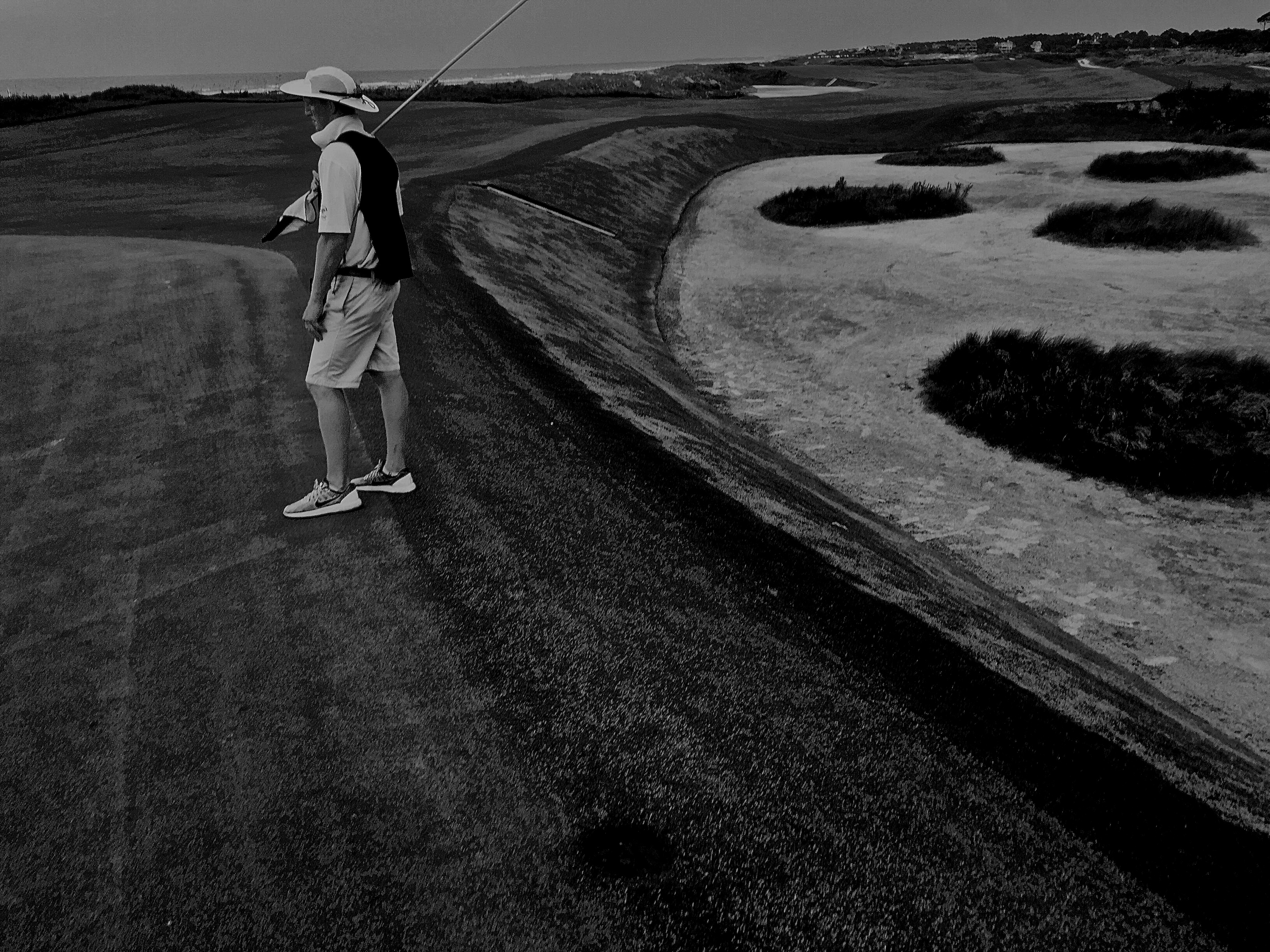“I have known Charley Macdonald since the earliest days of golf in this country and for many years we have been rival course architects, and I really mean rivals for in many instances we widely disagreed. Our matter of designing courses never reconciled. I stubbornly insisted on following natural suggestions of terrain, creating new types of holes as suggested by Nature, even when resorting to artificial methods of construction. Charley, equally convinced that working strictly to models was best, turned out some famous courses. Throughout the years we argued good-naturedly about it.”
If you were to take A.W. Tillinghast’s word for it, the Golden Age of Golf Course Architecture was broken into two camps: those using templates, and those going without. There’s a kernel of truth to this…and plenty untrue as well. Tillie, for all his hay about the “natural suggestions of terrain,” frequently turned to templates. Tillinghast went as far as developing his own portfolio of templates. There are four, and this series will shed some light on these “lesser templates,” typically ignored in today’s conversations on the subject of designed holes.
The first is the most frequented of Tillie’s templates, but rarely receives recognition as being just that…a “template.” The reason may be the huge variety present across this template’s history; Macdonald and Raynor always incorporated some degree of ingenuity into their own templates, but Tillinghast’s variance in this concept may fool some into not recognizing it as a template at all. And MacRaynor’s use of a similar (yet distinct!) concept doesn’t help Tillie’s cause.
And so today we look at the Tiny Tim. Continue reading “Tillinghast Templates Part 2/4: The Tiny Tim (Bedford Springs, Baltusrol, and More)” »








